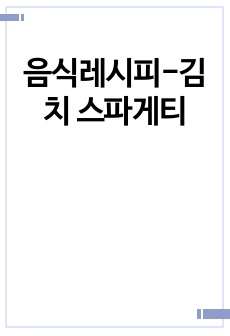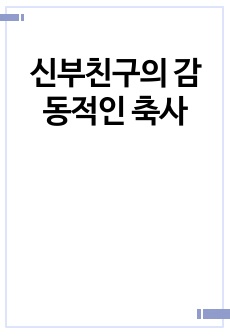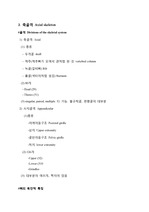Conflict in Somalia: Primary Factors and Dynamics
*승*
다운로드
장바구니
목차
1. Introduction2. Structural Causes
3. Contributing Causes
4. Dynamics of the civil war
5. Conclusion
본문내용
IntroductionOn 10 September 2012, the federal parliament of Somalia elected Hassan Sheike Mohamud as the president of the Federal Government of Somalia. He is the first president of the permanent central government in the country since the collapse of the Siad Barre regime in 1991. However the government is still unable to exercise its valid control over the entire territory. The federal government, backed by African Union (AU) forces, only controls Mogadishu and some border areas. Vast areas of the territory are under control of Al-Shabaab Al-Mujahidiin (Al-Shabaab). The human cost of the prolonged civil war has been massive. The casualty figures for Somalia’s civil war range from between 300,000 and 400,000 deaths (Mengisteab 2014). Furthermore, it is believed that two million Somali people were internally displaced and have become refugees as a result of the civil war (UNHCR 2015).
This essay will identify and assess the primary causes of the civil war in Somalia and dynamics of the civil war, and clarify the role of these factors in the continuation of the war.
참고 자료
Adam, H. (1999) Somali Civil Wars. In Taisier, A. and Mathews, R. editors. Civil Wars in Africa: Roots and Resolution. Montreal: McGill-Queen’s University Press. 169-192.Bradbury, M. and Healy, S. (2010) Endless War: A Brief History of the Somali Conflict. Accord 21. 10-24.
Compagnon, D. (1992) Political Decay in Somalia: From Personal Rule to Warlordism. Refuge 12 (5). 8-13.
Compagnon, D. (1998) Somali Armed Movement: The Interplay of Political Entrepreneurship and Clan-Based Factions. In Clapham, C. editor. In African Guerrillas. Oxford: James Currey. 73-89.
Elmi, A. and Barise, A. (2006) The Somali Conflict: Root causes, obstacles, and peace-building strategies. African Security Review 15 (1) 32-54.
Gajraj, P. and Sardesai, S. and Wam, P. (2005) Conflict in Somalia: drivers and dynamics. World Bank.
http://documents.worldbank.org/curated/en/2005/01/18107249/conflict-somalia-drivers-dynamics Accessed 10th October 2015.
Ibrahim, I. (2010) Somalia and global terrorism: A growing connection? Journal of Contemporary African Studies 28 (3) 283-295.
Kapteijins, L. (2013) Clan Cleansing in Somalia. Philadelphia: University of Pennsylvania Press
Lewis, I. (2008) Understanding Somalia and Somaliland. London: Hurst & Co.
Makinda, S. (1993) Seeking Peace from Chaos: Humanitarian Intervention in Somalia. Colorado: L. Rienner.
Markakis, J. (1998) Resource Conflict in the Horn of Africa. London: SAGE.
Mengisteab, K. (2014) the Horn of Africa. Cambridge: Polity Press
Menkhaus, K. (2002) Political Islam in Somalia. Middle East Policy 9 (1) 109-123.
Mwangi, O. (2012) State Collapse, Al-Shabaab, Islamism, and Legitimacy in Somalia. Politics, Religion & Ideology 13 (4) 513-527.
UNHCR (2015) 2015 UNHCR country operations profile – Somalia.
http://www.unhcr.org/pages/49e483ad6.html Accessed 9th October 2015.
Vidino, L., Pantucci, R. Kohlmann, E. (2010) Bringing Global Jihad to the Horn of Africa: al Shabaab, Western Fighters, and the Sacralization of the Somali Conflict, African Security (3) 4 216-238



















